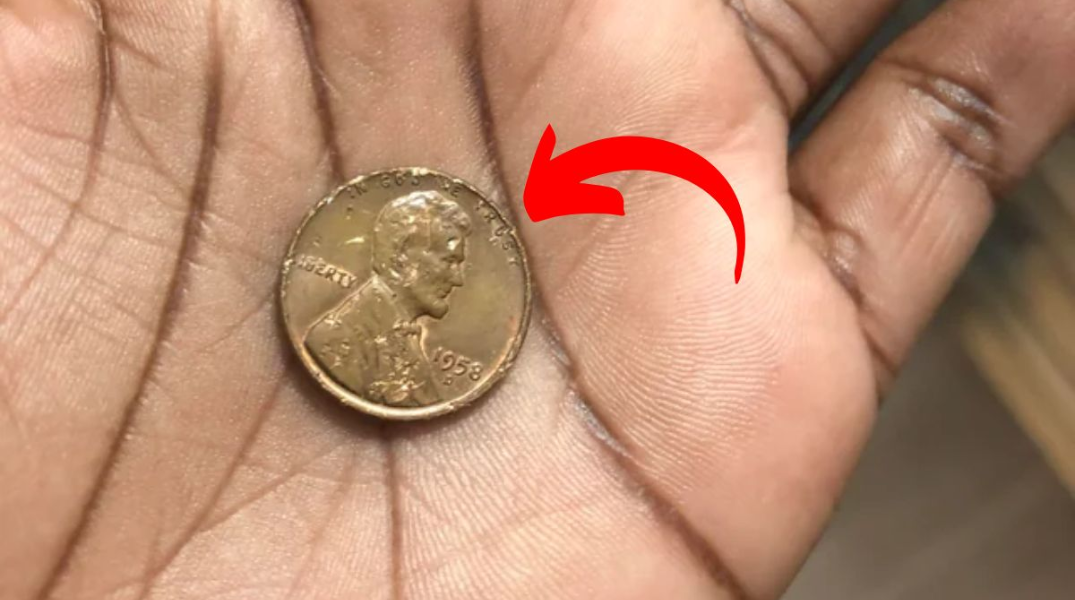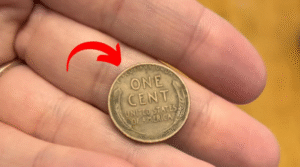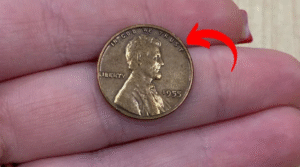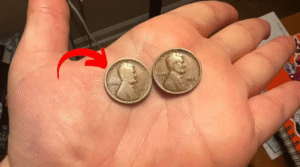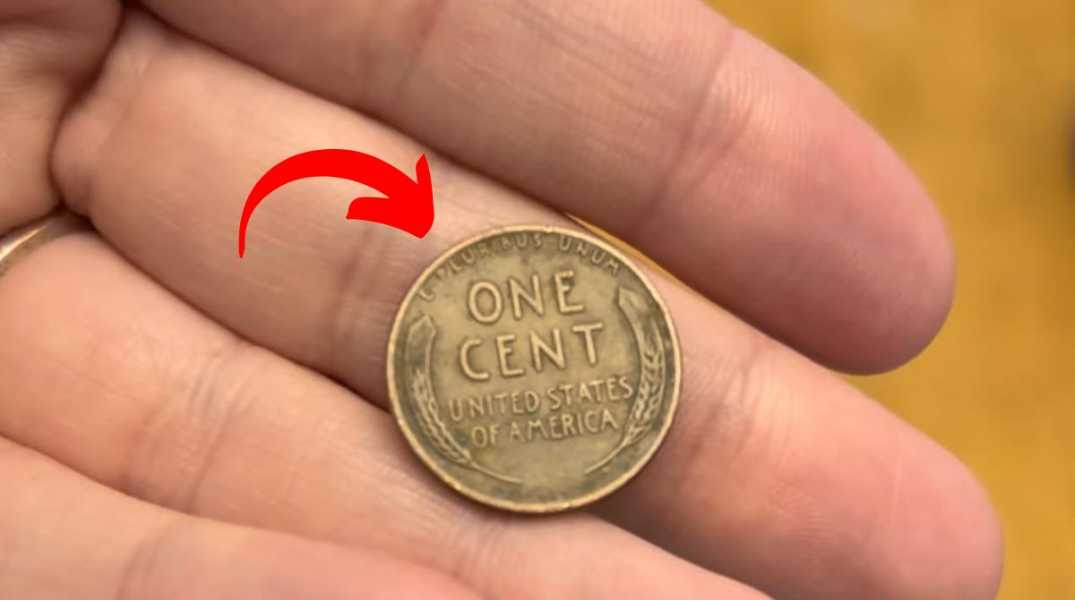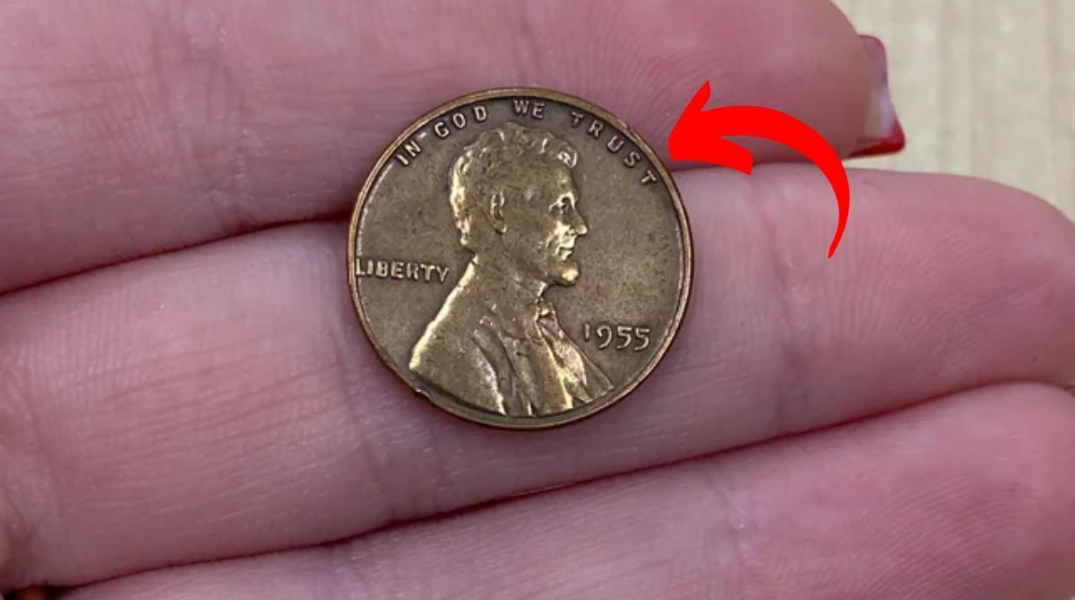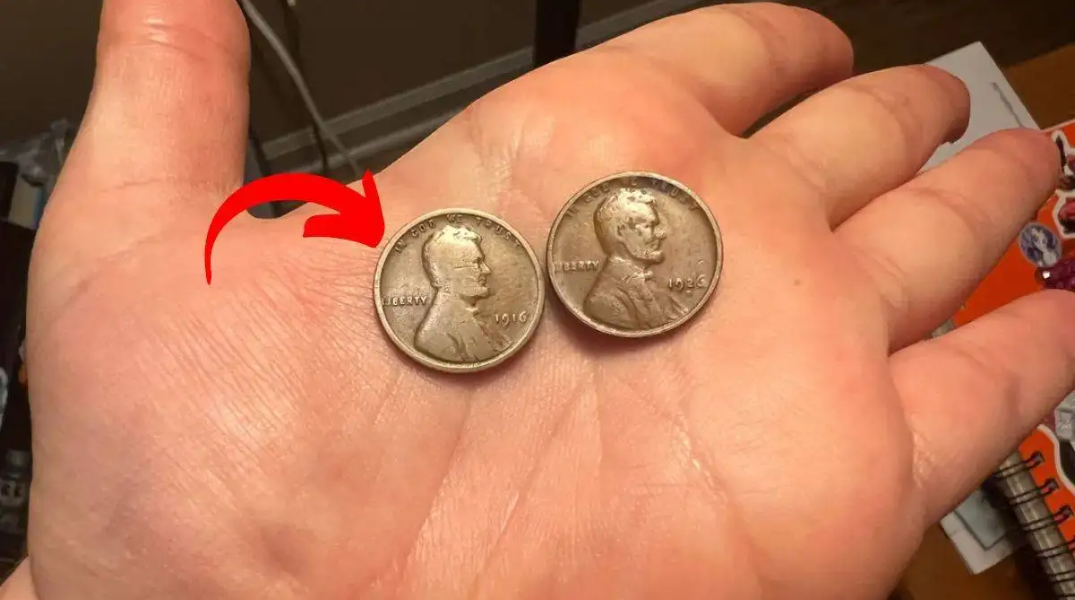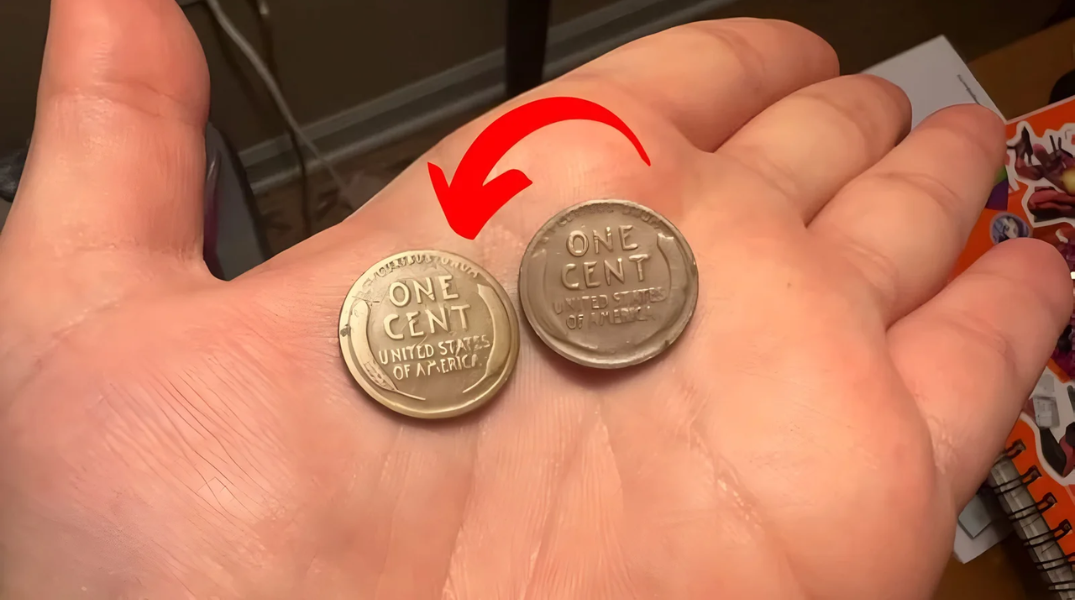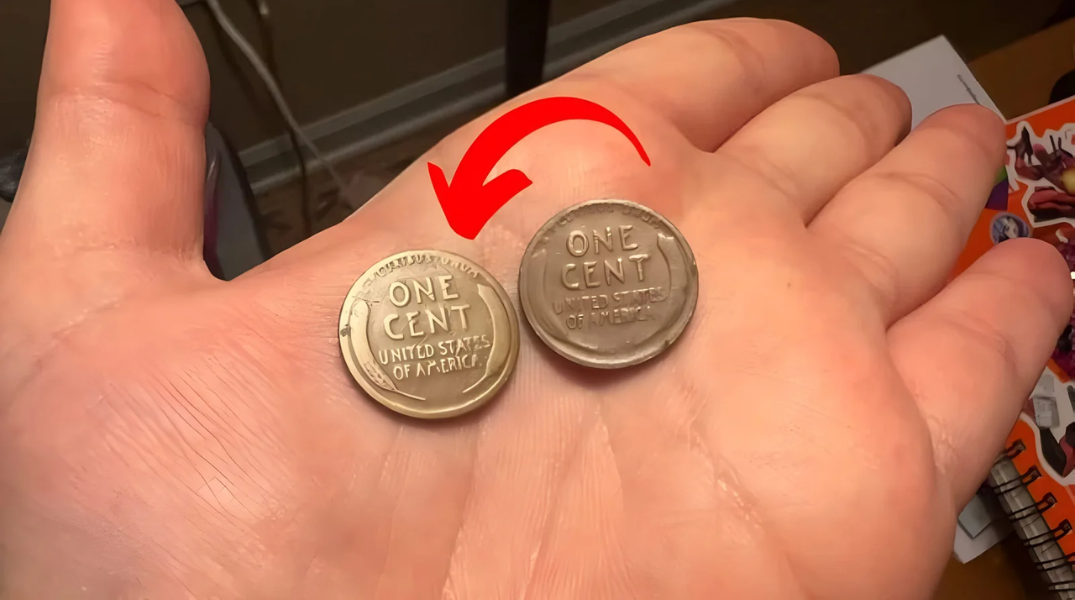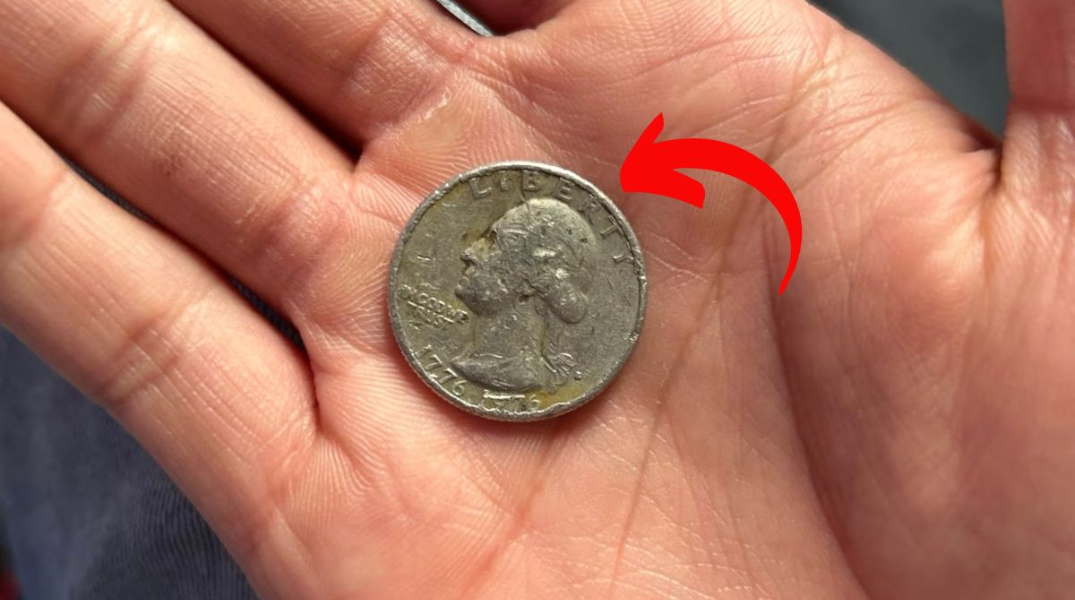The Lincoln Wheat Penny Valued at $5.1 Million – Imagine casually sifting through your change and stumbling upon a penny that could be worth a fortune — not just hundreds or thousands, but a jaw-dropping $5.1 million. It might sound like the plot of a treasure-hunt movie, but it’s a real possibility thanks to one of the rarest and most mysterious coins in American history: the 1943 bronze Lincoln Wheat Penny.
This tiny piece of copper has become the Holy Grail of coin collecting. Only a handful are known to exist, and their discovery stories continue to ignite hope in collectors and curious hobbyists alike. In this article, we’ll explore what makes this penny so valuable, how it ended up in circulation, and what steps to take if you think you’ve found one. Plus, we’ve included a helpful FAQ section to answer the most common questions about this legendary coin.
A Penny Born From Wartime Confusion
The story begins during the height of World War II, when the U.S. government needed copper for military use. In 1943, to conserve the metal for war supplies, the U.S. Mint temporarily switched from using the traditional bronze alloy (95% copper, 5% tin and zinc) to zinc-coated steel for that year’s one-cent coins.
These silvery “steelies” were mass-produced and are fairly common today. But in the chaos of production shifts, a few leftover bronze planchets from 1942 were mistakenly used — and so, a few ultra-rare 1943 bronze pennies were accidentally created.
Why One Penny Can Be Worth Over $5 Million
The rarity of the 1943 bronze penny can’t be overstated — experts estimate only 15 to 20 genuine examples exist. This scarcity, paired with the historic backdrop of World War II and the fact that it was a Mint error, makes the coin a dream find for collectors.
A pristine example in excellent condition can command prices in the millions. In fact, one sold in 2021 for a record $5.1 million to a private collector — a staggering sum for a coin that originally cost just one cent.
Real-Life Discoveries: Found in Lunch Money and Desk Drawers
Some of these rare coins were found in the most unexpected places:
- Don Lutes Jr. was a 16-year-old high school student when he found a bronze 1943 penny in his lunchroom change in 1947. He kept it for decades, and after his passing in 2018, the coin sold for over $200,000.
- Another teen found one in a lunch tray in the 1950s and later sold it for a substantial profit — and stories like these continue to fuel the fascination.
These examples show that you don’t need to be a professional collector to strike it rich — you just need to know what to look for.
How to Spot a Genuine 1943 Bronze Lincoln Penny
If you’re curious whether your penny is worth more than pocket change, here’s what to check:
- Date: Look for the year 1943 under Lincoln’s portrait.
- Color: Bronze pennies will have a reddish-brown or copper color, unlike the shiny gray of steel pennies.
- Magnet test: Steel pennies stick to magnets. Bronze ones won’t.
- Mint marks: Look below the date for a “D” (Denver), “S” (San Francisco), or no mark (Philadelphia). Any 1943 bronze version is rare, regardless of mint location.
- Weight: Bronze pennies weigh about 3.11 grams. Steel ones are lighter (around 2.7 grams).
- Sound test: When dropped, bronze pennies emit a higher “ring,” while steel ones have a duller thud.
Where These Hidden Treasures Might Be Lurking
You don’t have to raid a museum to find one of these elusive coins. They could be:
- Sitting in old mason jars of spare change
- Tucked away in inherited coin collections
- Hiding inside piggy banks, drawers, or grandpa’s coin stash
- Mixed in bank rolls or unsearched bulk coins from estate sales
Many people unknowingly pass these coins on or spend them without ever realizing their worth.
What to Do If You Think You’ve Found One
If you suspect you’ve struck gold (or in this case, copper), handle the coin carefully and do not clean it. Cleaning a valuable coin can drastically reduce its value.
Next steps:
- Store it safely in a soft plastic holder or coin flip.
- Contact a reputable grading service like PCGS (Professional Coin Grading Service) or NGC (Numismatic Guaranty Corporation) for authentication.
- Consider seeking guidance from a numismatic attorney or appraiser before selling — they can advise on taxes, insurance, and your best options.
Bonus: Fun Fact
In 2010, a 1943-S bronze penny (struck in San Francisco) sold for $1.7 million. It’s believed to be one of just six known from that Mint, making it one of the rarest U.S. coins ever produced.
Frequently Asked Questions (FAQ)
Q: Are all 1943 pennies valuable?
A: No — only the bronze/copper ones are rare. The vast majority of 1943 pennies were made from steel coated in zinc and are usually worth just a few cents to a couple of dollars.
Q: Can I find one in circulation today?
A: It’s rare, but yes. Some 1943 bronze pennies may still be out there, especially in old collections, forgotten jars, or inherited coin stashes
Q: How much does it cost to get a coin authenticated?
A: Authentication from PCGS or NGC typically ranges from $30 to $100+, depending on the coin’s value and grading tier.
Q: Is there a risk of fake 1943 bronze pennies?
A: Yes. Counterfeiters sometimes copper-plate steel pennies or alter other dates to appear like the rare version. That’s why professional authentication is crucial.
Q: What is the best way to sell a verified rare coin?
A: Auction houses that specialize in rare coins, such as Heritage Auctions or Stack’s Bowers, often fetch the highest prices. Private sales to elite collectors are also an option.
Final Thoughts
The 1943 bronze Lincoln Wheat Penny is a shining example of how history, error, and rarity can turn something as ordinary as a penny into a multi-million dollar artifact. While the odds of finding one are slim, they’re not impossible — and the stories of past discoveries prove that treasure really can be found in everyday places.
So next time you’re about to toss your loose change into a jar, take a closer look. That seemingly ordinary penny could be hiding a million-dollar secret.
